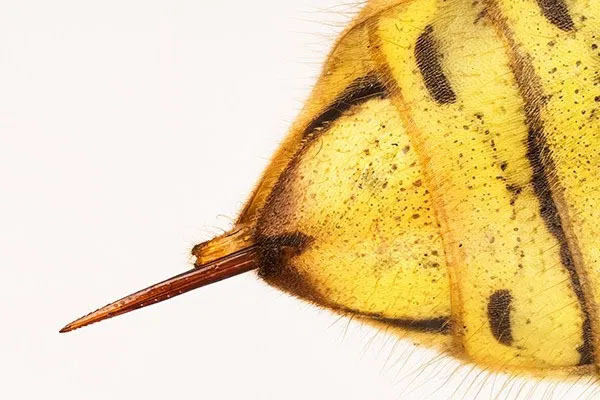Posted by Mike McGinnis on 23rd Apr 2019
What To Do If You Are Stung by a Bee
There are over 20,000 different species of bees that can be found all around the world. Their colors vary greatly from black to brown with red, yellow or blue stripes. The majority of bees encountered in the wild are the honey bee variety.
All About the Bees
Bees collect pollen for the hive as a food source to provide vital protein and fats. As they travel from flower to flower to collect pollen, it gathers on the hairs on their legs, or in some species pollen baskets. This spreads the pollen from plant to plant, making them vital to plant reproduction and worldwide food supplies.
Nectar provides an important in flight energy source (carbohydrate). It supplies a complex range of sugars, which is carried back to the hive to be converted to honey.
Bee Colonies, Lifecycle & Physiology
The Honeybees most often seen are 3/8 inches in length with a black abdomen mixed with yellow. Bumble Bees are typically ¾ inch long with a much larger thorax and abdomen than the honey bee. Africanized Honey Bees (killer bees) are almost identical to native honey bee and requires an expert to tell them apart.
Bee Stings

When a bee stings you, it is a defensive mechanism to protect the hive or in response to a perceived threat. Bee venom is injected into the victim by a hypodermic stinger which is left in place, and causes the bee to die. A pheromone is also released that attracts more bees to attack, which is why multiple stings are common.
Localized reactions are pain, swelling, and a white spot where the stinger was. A severe allergic reaction (anaphylaxis) can be life-threatening and can include nausea, vomiting, pain, difficulty swallowing and breathing. Rarely there can be a delayed reaction, days to weeks later can include inflammation of the brain, blood vessels and kidneys. Secondary infection can also occur at the location of the sting.
If you are stung, immediately remove the stinger(s) by scraping but do not squeeze it as more venom may be released. We recommend applying Stops The Sting as quickly as possible to STOP the pain, reduce the swelling, and protect your skin from further damage, while promoting a speedy recovery.
Want to learn how Stops The Sting works? Click here.
Any medical questions should be addressed by trained medical
staff. Please dial 911 if you feel you are having an allergic reaction
or other life-threatening issue.
Sources:
Orkin

